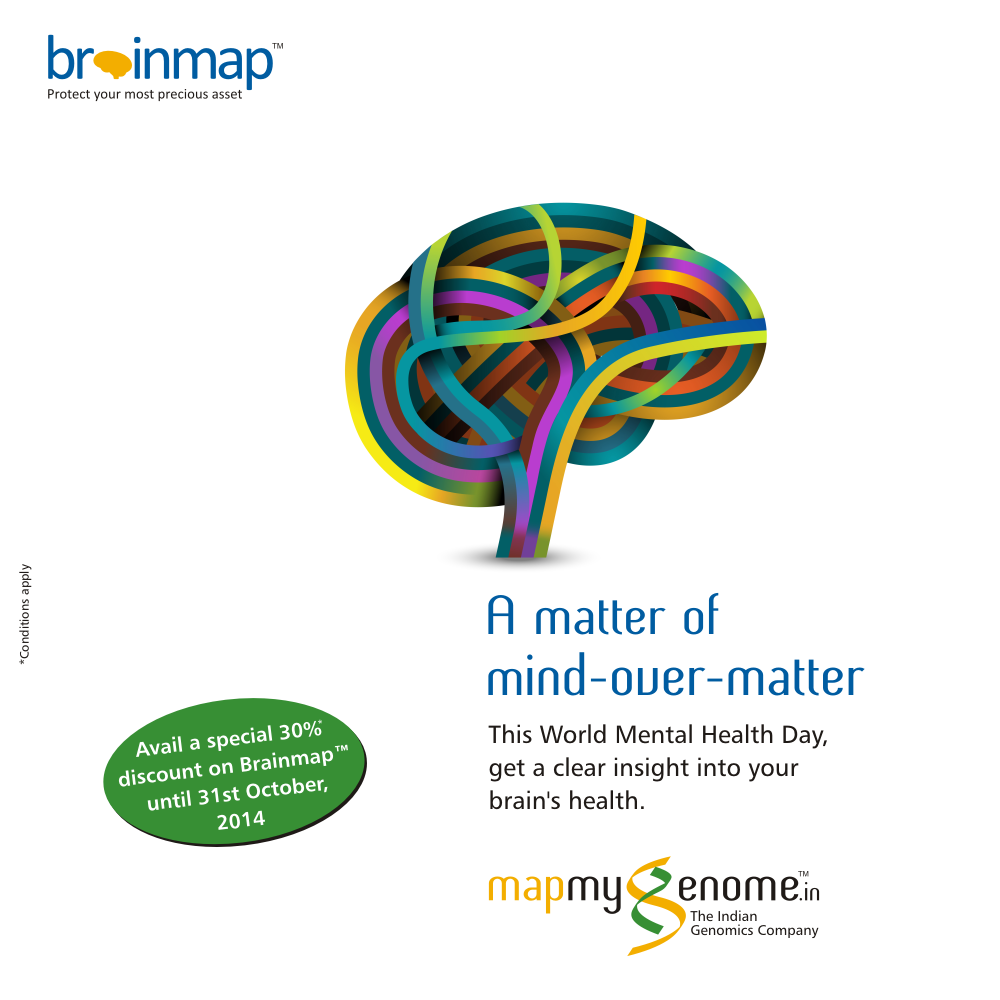Diet (what you eat) and exercise (how much physical activity you engage in) are well-known factors which affect Body Mass Index (BMI) and obesity. However, if you wish to understand how BMI affects
your overall health, a more holistic view of other elements like body composition (lean versus fat mass), food interactions within your system, nutrition requirements (as per current lifestyle) and genetic makeup is
essential.
A classic example of how phenotypic (physical character) variations exist in people: A regular jogger who watches what he/she eats is heavier, has a greater BMI than someone who eats out thrice a week, has a desk job and does not exercise. We all have those thin friends who never need to watch their weight and can eat like there's no tomorrow. Do not blame them... it could be in their genes. However, it is more than just having good genes.
Genes actually execute functions related to fat tissue metabolism, excess fat storage, transport, brain signalling (for those moments when you feel you can eat everything in sight!) and energy conversion. The two most important genetic determinants are the Fat and Obesity-associated gene (FTO) and Melanocortin receptor-4 (MC4R). Be it American, European, African or Indian, there are common variations found in their codes that increase obesity risk and therefore, risk for metabolic disorders, diabetes, etc. An individual who carries such variants has a higher predisposition for excess fat, by causing uncontrolled hunger pangs, lesser satiety after meals and irregular appetite. The MC4R protein is present in the hypothalamus of your brain. When a genetic defect reduces the amount of this protein, you may feel excessively hungry (as energy levels are miscalculated by the brain) and eat food in larger quantities. This directly results in obesity. One such variant is reportedly found in at least 22% of the general population.
A smart person will probably lose weight, and keep it off for years, without going on a crash diet or killing hours in the gymnasium. This is possible through a combination of the right nutrients in daily meals, consistent workout programs, which torch calories and retain lean muscle, consciousness of metabolic requirements for their own body and scientific know-how as well. A little bit of gyan a day will help keep obesity and other evils away!
Written by: Rasika Raman



































